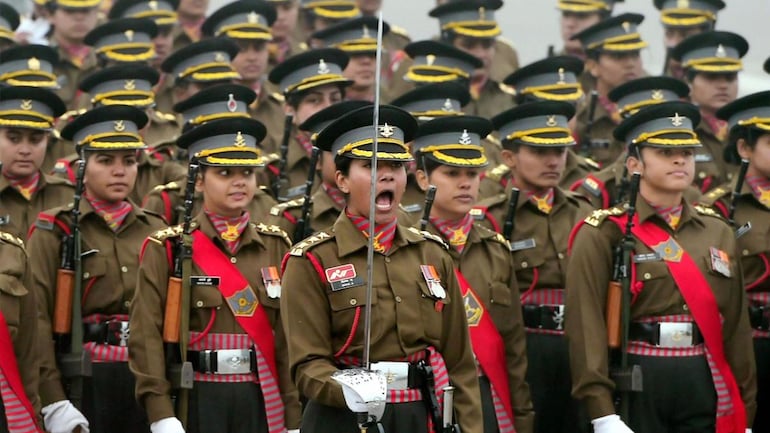On August 18, 2021, the Supreme Court ruled that women be given permission to attempt the NDA entrance exam which is the first step to become a commissioned officer. The judgement slammed the Indian Army for not allowing women to do so previously. It came at a time when the Centre held that male officers are not yet ‘ready’ to accept the orders of women superiors. Now, women are eligible for Permanent Commissions (PCs) unlike the short term commissions there were hitherto given. Working women officers have welcomed this decision wholeheartedly as they strongly believe that women can do a great job as commanding officers if they are given the same training as given to the male counterparts. The ramifications of this long due amendment is multifaceted. It is not without any challenges, however, it is inevitable and important that women be given their fair chance to serve the nation.
Also read: Dr Seema Rao: India’s First And Only Woman Commando Trainer
Skewed Statistics and the Need of Inclusivity
While armed forces claim that they are not against equal representation and gender inclusivity, the reports have a different story to tell. The Indian Army has over 1.4 million soldiers out of which only 0.56% are women. The scenario is bleak in the Air Force and Navy as well which has only 1.08% and 6.5% women respectively. The reasons for the lower acceptance rate of women in defense is founded upon categorical gender roles and stereotypes which deem women unfit for warfare and security. Rather than changing the infrastructure that was designed only for men, attempts are made to restrict women by citing reasons as vulnerability to sexual abuse, susceptibility to physical injuries, familial responsibilities and what not. The strong foundations of patriarchy will be more evident when reasons can be as paltry as the feasibility of arranging separate beds and toilets for women becomes a challenge rather than identifying them as gaps that need to be bridged.
Time and awareness have made women intolerant to any kind of gender biases. As the clarion call for gender inclusivity echoes in every walk of life, the Indian defense forces cannot sit in the cocoon where they only metamorphosed male officers.
Women in Defense Forces: A Brief History
Women have played important roles during wars and in conflict zones for a long time. There are multiple stories of women in munitions during the first world war and as manufacturers of weaponry.
Women were a part of the Indian army since 1888 under the British Raj’s Indian Military Nursing Service. It was only in 1992 that the Indian army started recruiting women into non medical roles. Back then, they were brought in only for five year services which were known as the Special Entry Scheme. It was later converted to become the Short Service Commission as it is today. Since 2008, the signs of offering permanent commissions to women were evident, beginning by giving Permanent Commissions to women in areas like Army Education Corps and Judge Advocate Generals. In 2015, Indian Airforce got its first woman fighter pilot. Even though the Modi government granted Permanent Commissions for women in all branches, they were not retrospective.
However, the 3% of women in the armed forces continued to do ground duty with no permission to be part of active combat.
Also read: Are Women Being Systematically Excluded From The Sectors Of Armed Forces?
The Future of Women in Armed Forces
Now that the doors have opened for women, they will be recruited in the army through NDA and will be treated at par with their male counterparts. There is a long way to go for women as well as the concerned authorities to ensure a gender inclusive environment for all women to come. Apart from structural changes, there needs to be a change in the perspective of people where they look up to officers for their ranks and not for their gender.
At the outset of this new judgement, the Integrated Defense Services should restructure its training infrastructure to include women in their system. The need to install facilities like proper sleeping spaces and toilets are not a challenge when it comes to the induction of women alone, it is indicative of the crippled system in itself with poor facilities which is only justified by the fact that it was a men’s den.
The need of the hour is to set up training centres up for women’s entry through NDA by analysing the structural flaws in the system that gives preferential treatment to men, devising efficient measures and implementing them to create a work environment that is conducive to all genders. It is a matter that affects the whole nation and the government cannot be lackadaisical in this regard.
Featured Image Source: Shahbaz Khan/ PTI
About the author(s)
Anagha is a postgraduate student who is interested in the field of gender studies and sociology. She hopes to make the world a better place for all genders, one step at a time. Being a person who tries to make things better around her, she is in a constant process of learning and unlearning. Reading and gardening are her escape from the daily hustle




